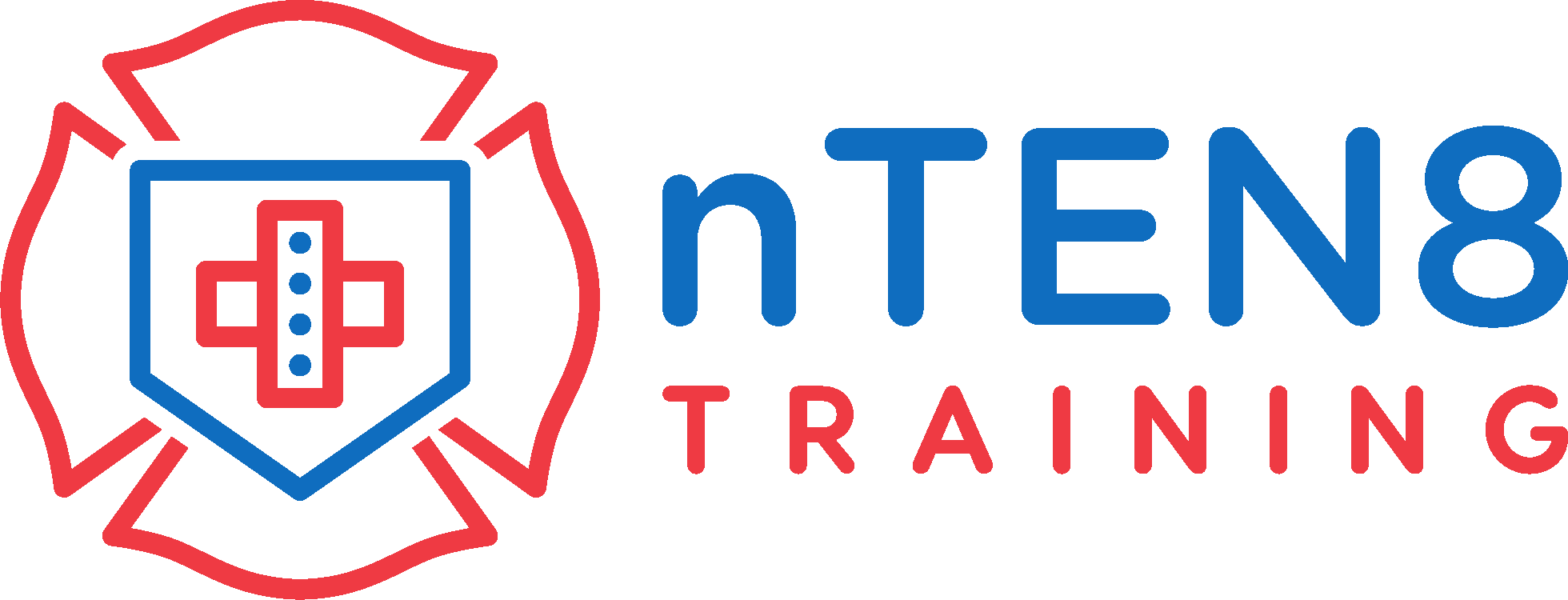Understanding Hand Arm Vibration Syndrome (HAVS): Gain a basic understanding of Hand Arm Vibration Syndrome, including its causes, symptoms, and potential health risks associated with prolonged exposure to vibration. Managing HAVS starts with understanding its basics.
Identifying Early Symptoms: Learn to recognize the earliest signs of HAVS. This lesson focuses on basic observations to ensure early detection of warning signs. Early detection is crucial for treating the condition and preventing further complications.
Reducing Exposure to Vibrations: Explore practical strategies to reduce exposure to vibrations in the hands and arms. Discover simple yet effective measures to minimize the risk of developing HAVS, such as taking regular breaks and using vibration-dampening tools. Prevention is key to managing the syndrome.
Ergonomics for Healthy Hands: Understand the importance of ergonomics in preventing HAVS. This module provides easy ways to adjust arm and hand movements to promote healthier habits. Small changes can have a significant impact on controlling and preventing the condition.
Navigating the Path to Treatment: Explore avenues for seeking help if you suspect someone may have HAVS. This module offers guidance on managing the syndrome, from medical consultations to lifestyle adjustments. Understanding the various treatment options is essential for a proactive approach to HAVS.





